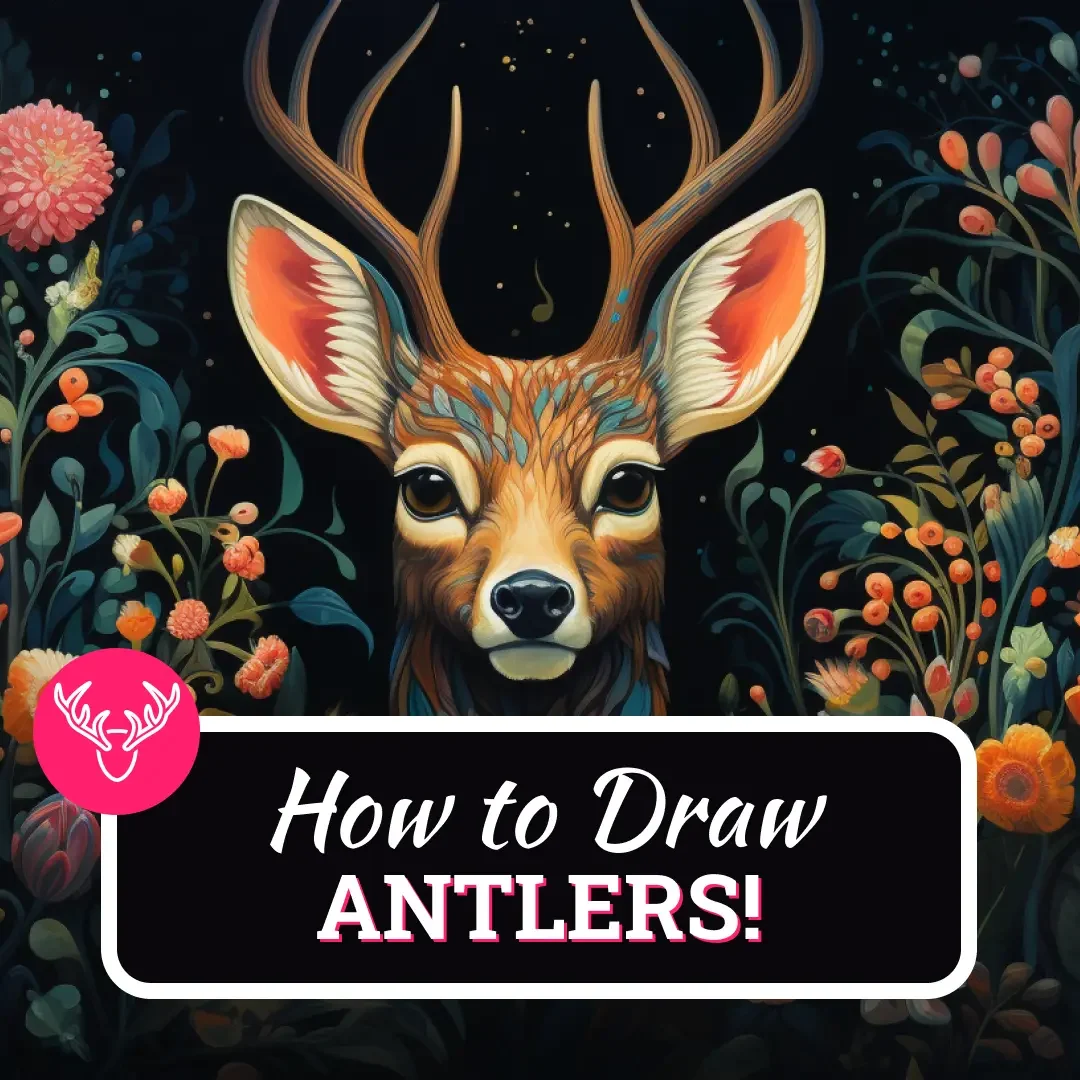There are no results matching your search
What are NFTs and How do They Work?

- By Joanna | updated in February, 2024

NFT stands for non-fungible token which is a digital asset that represents something that is unique and not interchangeable.
In order to understand NFTs, it is important to first understand blockchain technology.
The blockchain is a digital ledger that records all transactions that take place on the network. The ledger is distributed across all computers on the network, meaning that each computer has a copy of the ledger. This makes it nearly impossible to tamper with the blockchain as it would require changing the ledger on every computer on the network.
Table of Contents
ToggleHow Do NFTs Work?
NFTs work by being stored on the blockchain. When you purchase an NFT, you are purchasing a token that is stored on the blockchain. The token contains all the information about the digital asset, including who owns it and where it came from.
The owner of an NFT can do whatever they want with it. They can sell it, trade it, or keep it. However, because the NFT is stored on the blockchain, the owner can never lose track of it.
NFTs are tradable digital assets that contain information allowing the owner of the asset to prove ownership. This is crucial in today’s digital world where digital assets can be easily copied with a screenshot or downloaded.
What are NFTs used for?
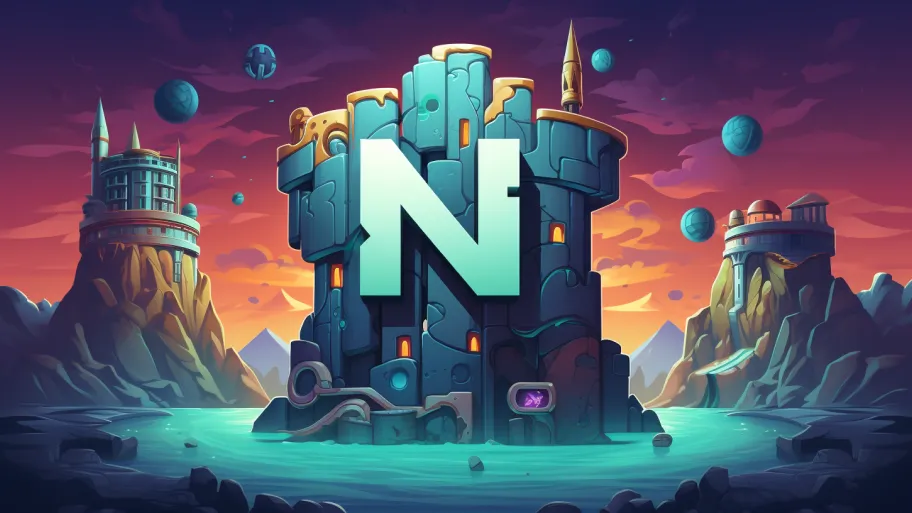
NFTs have given more power to content creators than they’ve ever had before, providing them with the opportunity to reach new audiences and sell their work for larger amounts than they ever could have dreamed of.
But digital art is just one way to use NFTs.
NFTs can represent pretty much any digital or physical asset.
Examples of digital assets include:
- Photos
- Music
- Video
- Virtual real estate in computer games
Examples of assets in the physical world include:
- Real estate where the title deed of the property is linked to a record in the blockchain
- Clothing where RFID tags are linked to a blockchain record
- A domain name on Ethereum blockchain
What do the Words Fungible and Non-Fungible Mean?
The world fungible can be best described using the example of physical money like the Euro where all units of the currency are equal to each other. For example, if one person gives five Euros to another person in exchange for five Euros, then each person will be back where they started – i.e they will both have five Euros again.
Non-fungible tokens are the opposite of fungible tokens, i.e. every unit of cryptocurrency, or token is completely unique and cannot be duplicated. In other words, NFTs cannot be replaced by another token.
What are the Benefits of NFTs?
For Creators / Sellers
- An opportunity to sell your digital artwork to a large audience: By selling your digital artwork as an NFT, you gain access to a new global market of buyers without having to use a gallery, auction house, or website to sell physical copies of your work. NFTs are generally listed on popular sites like OpenSea which helps you reach a wide audience of buyers.
- You get paid a percentage every time your art is sold: This is a massive benefit because it allows you as the original creator to continue receiving royalties for your art (at a percentage of the sale price that you can specify when you create the NFT) each time the work is sold on to a new buyer. The more popular your work becomes, the more you earn!
For Buyers
- Ownership: One of the main benefits of NFTs for buyers is that by purchasing the NFT, there is immutable (meaning it can’t be altered) proof on the blockchain that you are the owner of the NFT.
- Value: NFTs can increase or decrease in value over time depending on a number of factors including the popularity of the person or brand that originally created the work and also the popularity of the blockchain or NFT platform that the NFT was created on.
- Usage Rights: Ownership of an NFT may provide you with the ability to post the NFT online, for example, an image can be used as your profile picture.
Key Characteristics of NFTs
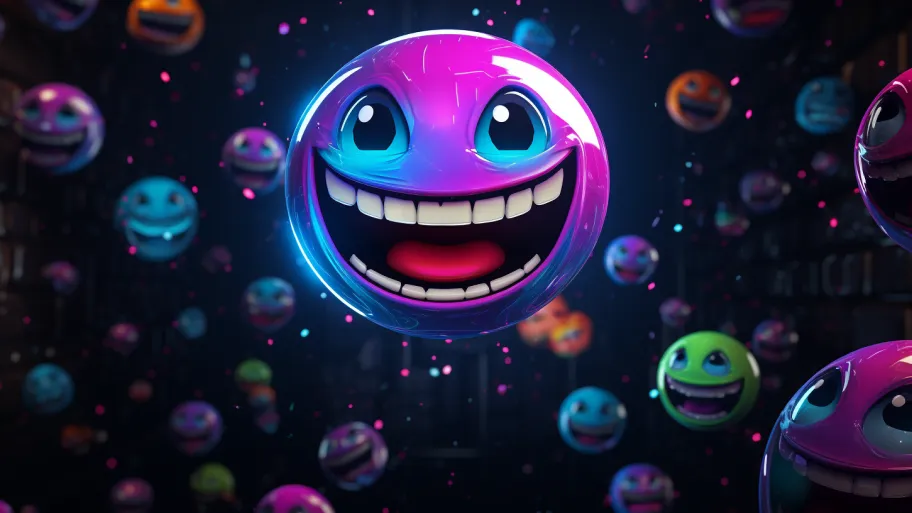
Verifiable:
The authenticity of an NFT can be verified as it is stored on the blockchain.
Indestructible:
NFTs cannot be destroyed. Once they have been created, they will exist on the blockchain forever.
Immutable:
NFTs cannot be changed or deleted once they have been created.
Transferable:
NFTs can be transferred from one person to another without the need for a third party.
Traceable:
Each NFT has a unique history that is stored on the blockchain, meaning that it can be traced back to its original owner.
Unique:
Each NFT is unique, meaning it cannot be replaced by another NFT. This is in contrast to “fungible” tokens, which can be replaced by other fungible tokens of the same type (the 5 Euro example above).
But what if I make 50 identical copies of my work?
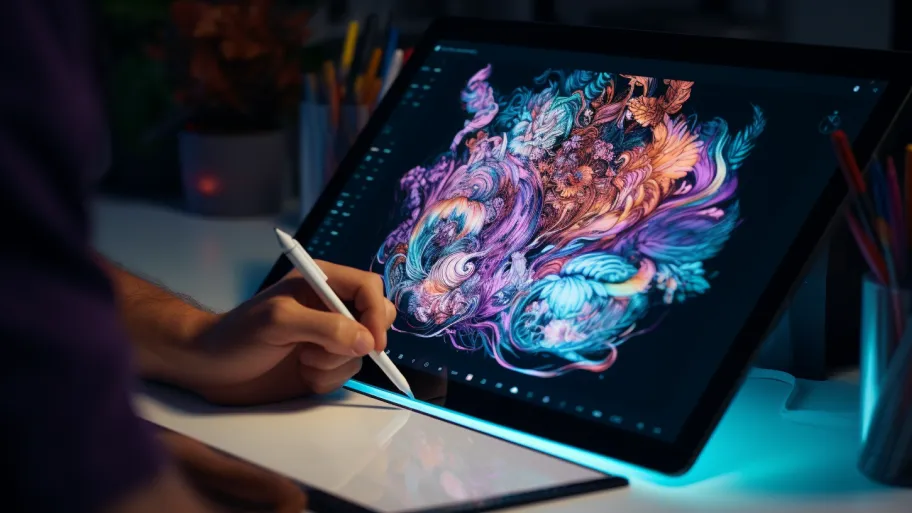
Art is the most common type of NFT and there is sometimes confusion around unique pieces of art and unique records on the blockchain.
A unique piece of art is a piece of art where only one copy of the art exists, for example, the Mona Lisa (there is only one original copy).
A digital piece of art that has been duplicated fifty times results in fifty exact copies of that art.
This is where the confusion comes in…
The fifty copies of the digital art are all identical copies of the file.
So these 50 copies are just identical copies at this stage.
But publishing each of the fifty individual copies of the digital art as NFTs on a blockchain, makes each of them unique because each of the fifty copies has its own unique metadata associated with it, including a unique public address on the blockchain.
So in this way, you can turn 50 pieces of identical digital art into 50 unique pieces of digital art by assigning unique data to each of the copies on a blockchain. Then you can say that you own copy number 24 of the 50 pieces of digital artwork.
As mentioned above in the Fungible / Non-Fungible section, these 50 tokens would be Non-Fungible because they are all unique entries on the blockchain.
Supply and Demand may affect the Value NFTs
NFT valuations are subject to supply and demand just as any other product or service is.
Multiple Copies of Creations
Any piece of art can be duplicated an unlimited amount of times as a print or a copy of a digital file. In the finance world, the supply of currencies can be increased/inflated by creating (printing) more. For example, more US Dollars can be printed, which lowers the purchasing power of the dollar. The same idea applies to making more copies of artwork and minting NFTs. When you mint NFTs, you create more which increases the supply.
It’s all about supply and demand
Assuming that demand is a constant variable i.e. demand stays the same, then the more copies of an NFT there are, the less the value will be of each individual NFT, whereas if there are less copies of an NFT, e.g., a limited edition of 10 identical NFTs, then each of them will potentially be worth more (again, this is assuming that demand stays the same).
Value fluctuations
Of course, supply and demand in terms of the NFT itself, are not the only things that affect the value of an NFT.
Cryptocurrency market sentiment as a whole can increase or decrease based on a wide range of factors including confidence in the crypto market and NFTs specifically, as well as wider economic influence and sentiment including crypto policy and regulation.
What are the Most Popular Blockchains for creating NFTs?
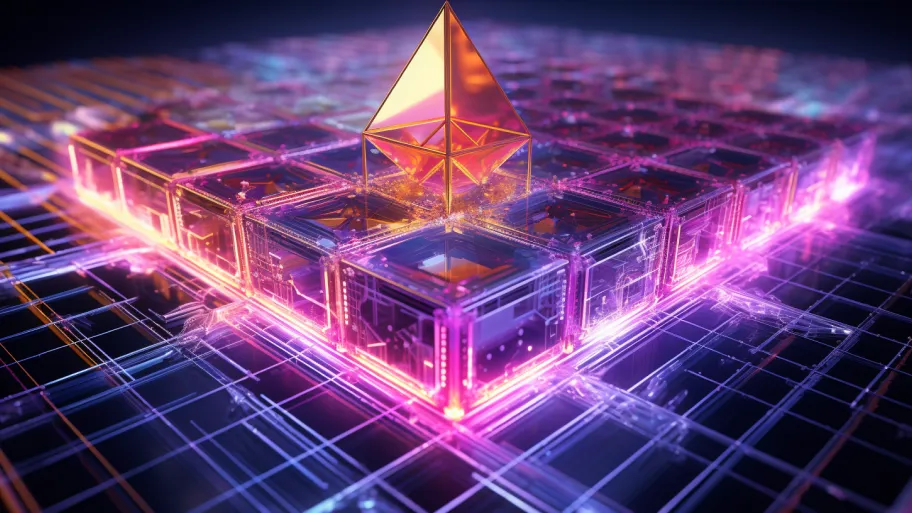
If you’re looking into creating an NFT yourself, there are many blockchains to choose from. Here are a few of the most popular blockchains for creating NFTs:
Ethereum
Ethereum is the most popular blockchain for NFTs. This is because Ethereum has the largest number of developers building on its platform and the largest number of decentralized applications (dApps).
Tokens that are created on Ethereum can be transferred from one Ethereum address to another.
The Ethereum blockchain is also Turing-complete, which means that it can run any type of code, making it the ideal platform for complex applications.
In addition, Ethereum has been designed specifically for creating smart contracts, which are self-executing contracts that enforce the terms of an agreement between two or more parties.
Smart contracts are the perfect way to create NFTs because they can be used to enforce the rules around ownership, transfer, and authentication of an NFT.
Polygon (Matic)
Polygon (formerly Matic Network) is a layer-2 scaling solution for Ethereum that uses Plasma sidechains to scale Ethereum dApps.
Polygon is popular for NFTs because it offers near-instant transaction speeds and low transaction fees.
In addition, Polygon is integrated with major exchanges, wallets, and dApp browsers, making it easy to use for both developers and users.
Polygon also has its own native token, MATIC, which is used to pay transaction fees on the network.
Solana
Solana is a high-performance blockchain that is popular for NFTs because of its fast transaction speeds and low fees.
Solana is also integrated with major exchanges and wallets and it has its own native token, SOL, which is used to pay transaction fees on the network.
Where can I buy and sell NFTs?

You can buy NFTs and sell NFTs on an NFT marketplace.
Some popular NFT marketplaces for buying NFTs and selling NFTs include:
- OpenSea
- Rarible
- SuperRare
- Foundation
In addition, many cryptocurrency exchanges such as Binance and Crypto.com, also support the sale of NFTs.
NFTs have been Adopted by Major Brands
More and more businesses are starting to explore the NFT space for a variety of purposes.
For example, brands such as Nike, Marvel, Ticketmaster, and Disney are using NFTs to create digital collectibles and reward customers for their loyalty.
In addition, businesses such as Vee Friends are also using NFTs to create unique experiences for their customers, such as exclusive access to content or early access to products.
Most Expensive NFTs / Famous NFT Projects
Many of the top-selling NFTs were created by digital artists. Some of the most famous and top-selling NFT projects include:
CryptoKitties
The first and most famous NFT is CryptoKitties. CryptoKitties is a decentralized application (dApp) built on the Ethereum blockchain that allows users to buy, sell, and breed digital cats.
Since its launch in late 2017, CryptoKitties has become extremely popular, with some cats selling for over $100,000.
The Merge
The Merge is a collectible NFT created by an anonymous artist named Pak, who became the most valuable living artist in the world as a result of the sale which totaled $91.8 million.
The Merge was sold on the Nifty Gateway made up of 266,434 art pieces/tokens which Pak calls “Merge” tokens. These tokens were purchased by over 28,000 collectors when it was initially released.
The artwork for each Merge NFT features grey dots on a black background. These dots are dynamic, meaning that they can visually change in size when Merge tokens are merged together.
As you acquire more Merge tokens and transfer them to another digital wallet containing a Merge token, the tokens are merged together to form a new Merge token. The size of the dot on the artwork will visually get bigger, relative to the total mass of each of the Merge tokens before they merged.
Beeple – Everydays – The First 5,000 Days
Digital artist, Beeple created an NFT called Everydays: The First 5,000 Days, which sold for over $69 million, making him the third most valuable living artist in the world.
The piece is an NFT collection of 5,000 images that Beeple created over the course of 5,000 days.
Nyan Cat
Nyan Cat is an animated GIF of a cat flying through space. It has a body shaped like a pop tart and a rainbow trail behind it.
The original Nyan Cat GIF was created by Chris Torres in April 2011 and has since become a pop culture icon.
In February 2021, an NFT version of the Nyan Cat GIF was sold for $590,000.
Bored Ape Yacht Club
Bored Ape Yacht Club is a collection of 10,000 NFTs on the Ethereum Blockchain and some of these have sold for over $1m.
Owning a Bored Ape gives you access to a private club where you can interact with other members, as well as receive discounts on products and services.
CryptoPunks
CryptoPunks is an NFT project created by Larva Labs that was launched in June 2017. CryptoPunks is made up of 10,000 unique digital punk characters that were each sold for 0.03 ETH (around $7 at the time).
Since then, some of the punk characters have sold for over $1 million.
The Future Of NFTs

NFTs are still in their early stages of development and there is a lot of potential for growth in the industry.
As the technology develops, we can expect to see more innovative applications of NFTs being created.
Overall, the future of NFTs looks very promising and it will be exciting to see how the industry develops in the years to come. In addition, as the NFT market matures, we can expect to see more stability in prices and an increase in the number of platforms and exchanges that support NFT trading.
If you want to take your art to the next level, check out our selection of art guides below!
- A Guide to the Different Types of Digital Art
- 101+ Cool Easy Drawing Ideas to Explore Your Creativity and Improve Your Skills
- 26 Types of Paint Brushes: Artists Guide
- 100+ Acrylic Painting Ideas: Plus Acrylic Painting Tools, Tips, and Techniques
- How to Sell Your Art Online
- How to Draw Mandala Art
- Basic Patterns to Draw: A How-To Guide



